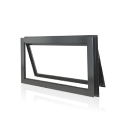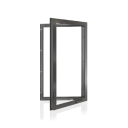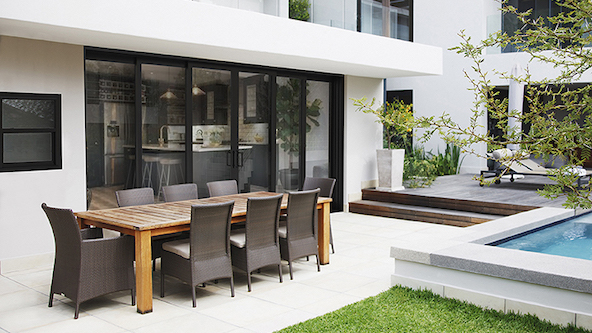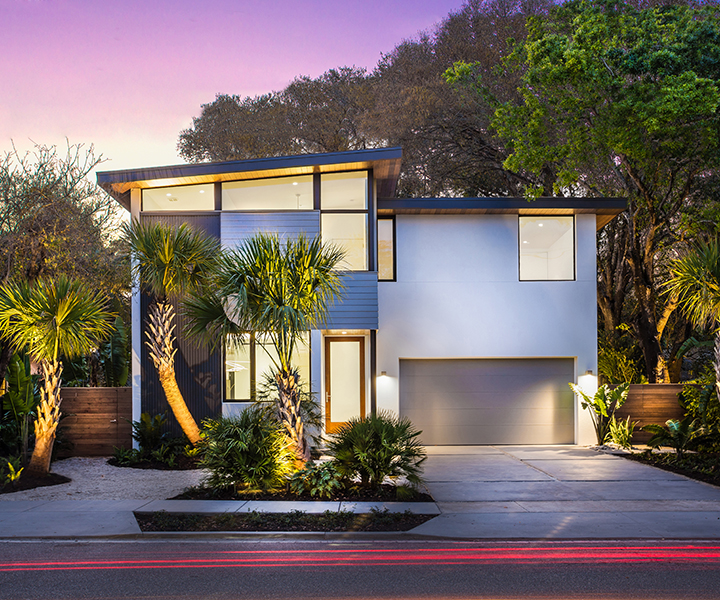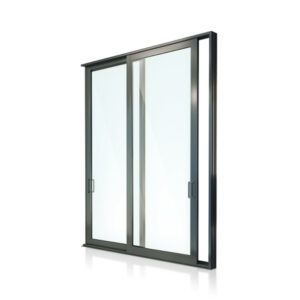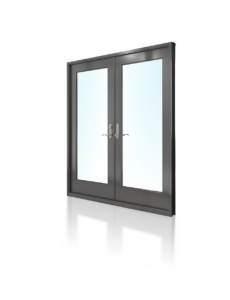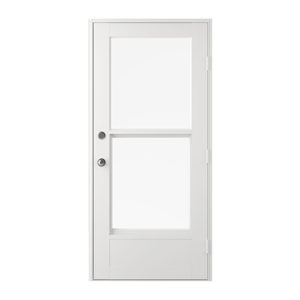If you are looking to live a greener lifestyle, you’ll find there are many eco friendly additions you can bring into your home. These, combined with an overall consciousness of energy savings, can help you meet your sustainability goals. Did you know many additions can also yield great savings? It’s true. As a bonus, you can also increase the value of your home.
Related: 4 Factors That Make Patio Doors More Energy-Efficient
If you’re wondering what is eco friendly, you’re not alone. Many people want to pursue greener lifestyles but don’t know all the different options. Here are several environmentally friendly changes you can make to your home:
ENERGY STAR Appliances
Years ago, appliances were designed for convenience with little thought to energy efficiency. Technology and consciousness towards a more Earth friendly lifestyle have come a long way since then. Especially where appliances are concerned. ENERGY STAR products must meet strict energy efficiency specifications. These specs are set by the EPA.
Consider replacing any old clothes washers, clothes dryers, refrigerators, dishwashers, and standalone freezers that are energy resource hogs with energy efficient appliances. When you shop for products, be sure to look for the yellow ENERGY STAR designation sticker. This means the appliance has been strictly rated to significantly reduce electricity and water use without sacrificing performance.
ENERGY STAR Windows
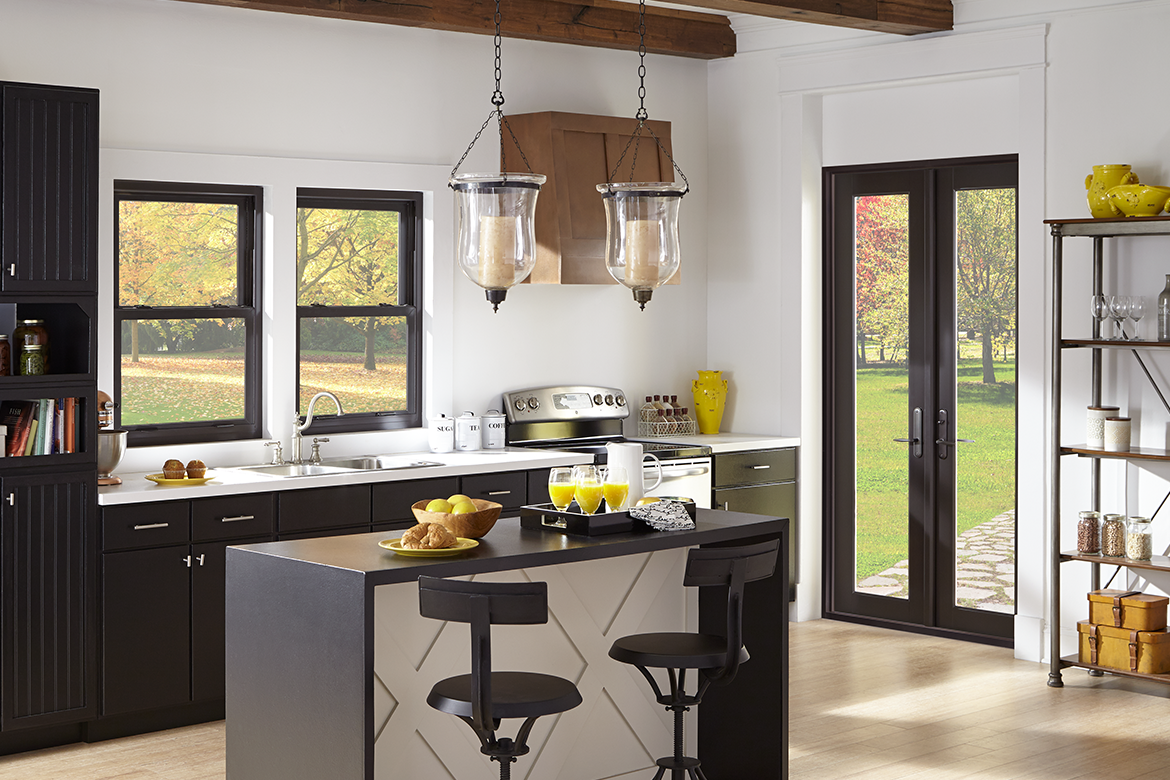
Featuring our EnergyVue® Vinyl Preferred French Door FD5455 and Single Hung Window SH5400
Leaving drafty old windows installed in your home not only is wasteful from an environmental perspective, but it’s also throwing away money. According to the U.S. Department of Energy (DOE), you can lose up to 30% of your home’s heat or air conditioning. To avoid this, consider investing in eco friendly ENERGY STAR windows. Not only will ENERGY STAR optional window models cut back on wasted energy and save you money, but they look great and will also boost the value of your home.
Programmable Thermostats
Traditional thermostats don’t allow the level of control programmable ones do, and as a result, people have to choose between comfort and wasting energy. A programmable thermostat is a set and forget device.
- Set your temperatures for specific times of the day when your heat or A/C can turn on and off to conserve energy.
- No more worries about your HVAC system excessively running when you’re not home.
- Don’t have to choose between saving energy or coming home to uncomfortable temperatures.
- Programmable thermostats are inexpensive and yield a full ROI.
Spend a little more to upgrade to a smart thermostat and you can control your HVAC from the convenience of your phone. The good news is these devices have come down in price significantly in recent years.
Related: Stylish, Earth Friendly Home Improvement Techniques
Insulation
When you think of insulation, you probably envision the bulky, fluffy, and pink fiberglass version. While you can still purchase this type of insulation, there are several greener options on the market. These insulation types are made of sustainable materials. They’re also more energy efficient and go a long way towards reaching goals to own an eco friendly house. Tuck sustainable insulation in areas such as ceilings, windows, attic floors, doors, and any other gaps that allow precious energy to escape. You’ll save energy and confidently know the materials you used are of an Earth friendly type.
Solar Panels
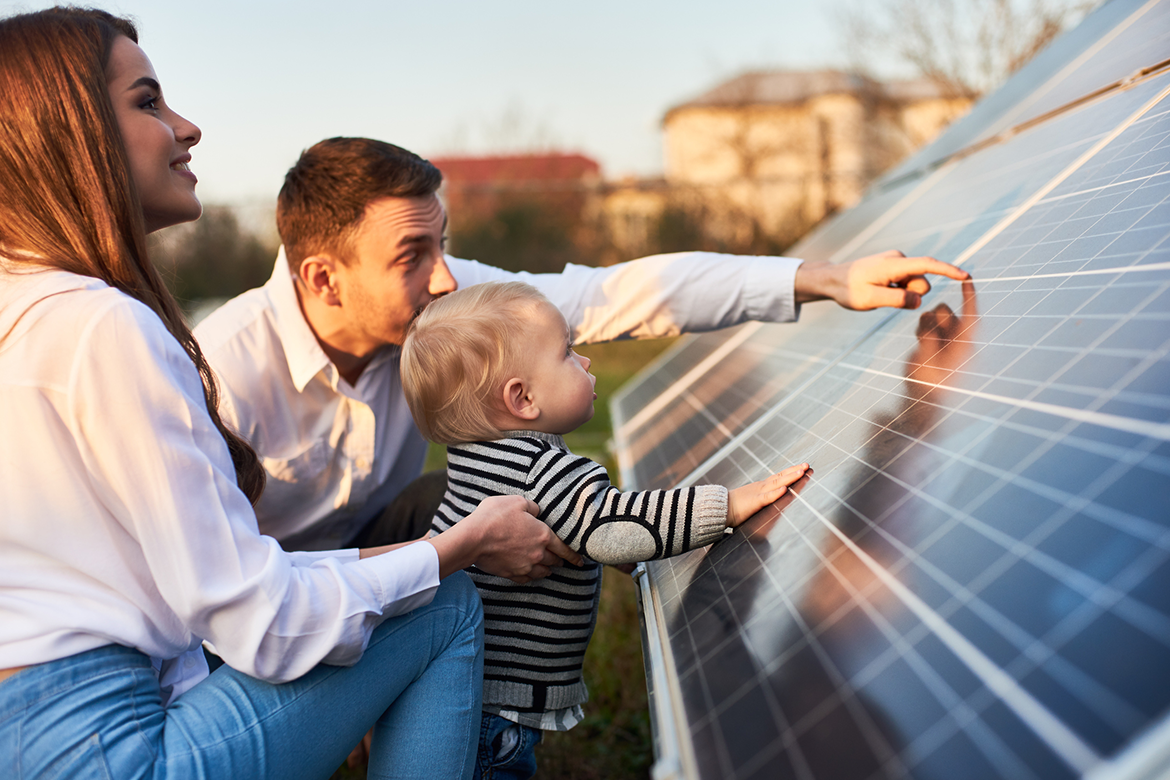
Solar power is not a new concept, but what is new is the approach to making solar products for the home. Today, trends are shifting in the manufacturing process to be more eco friendly which better aligns with its overall concept. Investing in solar products reduces reliance upon fossil fuels. Not only that, solar energy is sustainable, renewable, and plentiful.
One of the products rapidly gaining traction is solar panels. Before purchasing solar panels though, you definitely want to do your homework.
- Be sure to learn which solar panels are durable and reliable.
- Find a product that creates the least amount of pollution during production. (Some types of solar panels are made of toxic materials, which is the opposite of eco friendly.)
- Determine the type of warranty offered and read the fine print.
As technology progresses, many new solar panel products are emerging that focus on being environmentally friendly. The concept of solar is steadily growing and new federal and state laws are being passed with sustainability in mind.
Related: Why Your Next Home Improvement Project Could Bring Tax Advantages
Solar and Tankless Water Heaters
Traditional water heaters draw significant amounts of energy. But you can reduce this by installing a solar water heater. According to the DOE, you can save up to 50% on your water heating costs by converting to a solar water heater.
Tankless water heaters are another way to reduce energy use. Since water is heated on demand, this eliminates having wasted heated water that isn’t used in traditional water heaters. The DOE provides an overview of the different types of water heaters, along with the pros and cons of each.
Other Eco Friendly Upgrades
You can also consider making other eco friendly changes to your home in areas needing replacement. These are eco friendly options to consider when evaluating your green lifestyle goals. With each refurbishment, addition, or upgrade you make, strive to go with sustainable building materials.
- Flooring. Go with bamboo, cork, recycled rubber, recycled tile, FSC (Forest Stewardship Council) wood plants, salvaged wood planks, natural or recycled carpets, and even linoleum.
- Paint. Many different paint options are on the market including Low-VOC, Zero VOC, non-toxic stains and sealers, and natural paints.
- Walls and Ceilings. When purchasing drywall and framing, go for recycled content drywall, salvaged wood, and FSC wood framing to use in your projects.
- Roofing. Go with a recycled metal type, slate tile, clay tile, FSC wood shakes, fiber cement shingles, or green roofs.
The smaller details can be sustainable too. Use recycled glass, grasscloth wallpaper, soy-based sealants (in lieu of traditional caulk), and low-VOC sealants and adhesives.
If you’re striving for eco friendly living, consider the above changes. These, combined with an overall commitment to reducing consumption, recycling (or upcycling), and creating less waste in general, will yield big results. In the end, you’ll achieve an environmentally conscious lifestyle while putting money back into your wallet.



